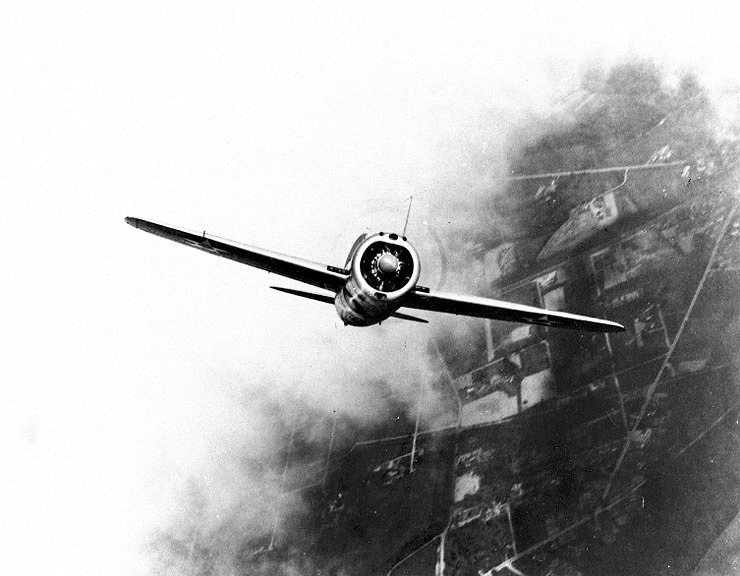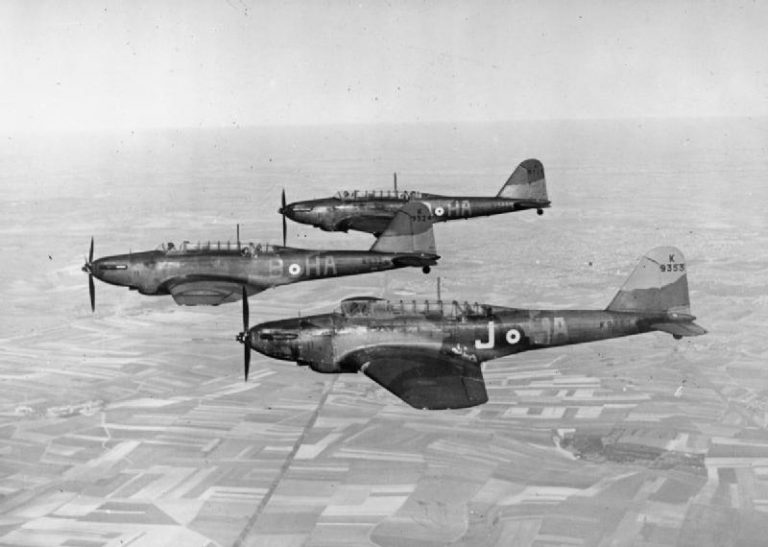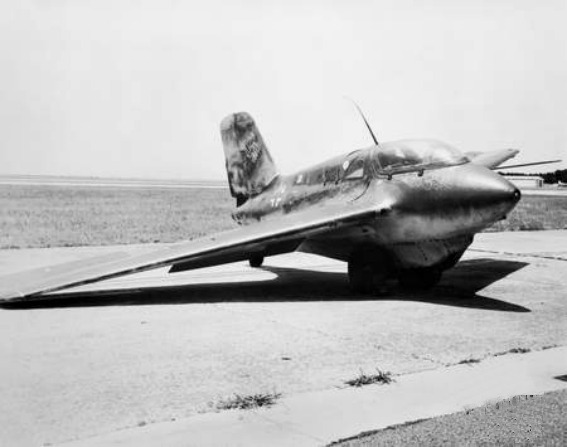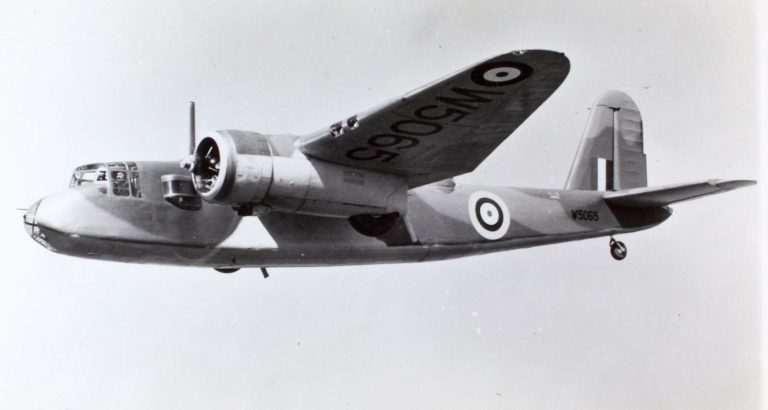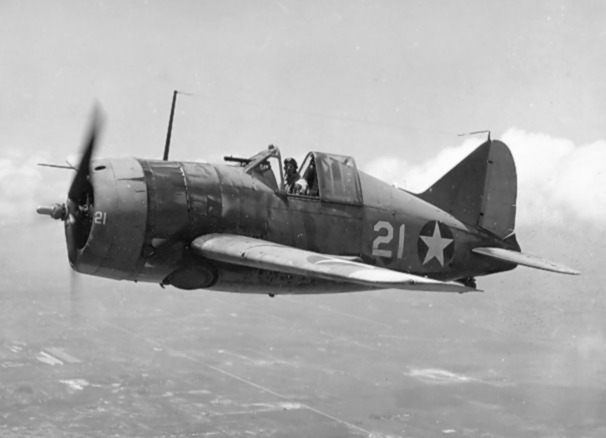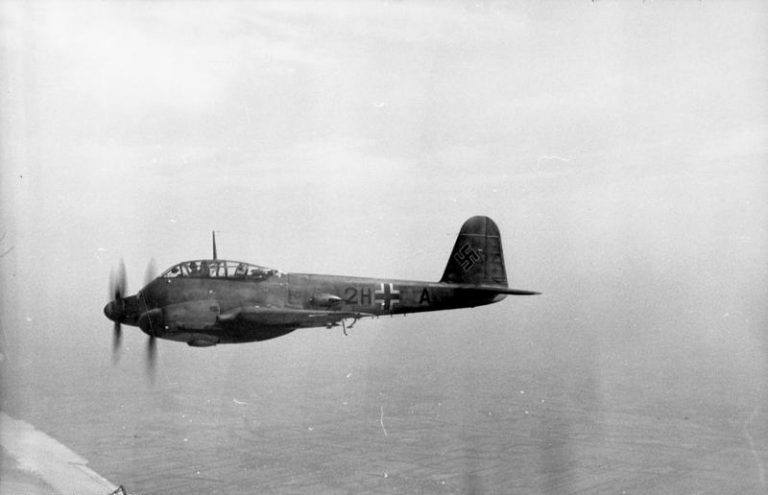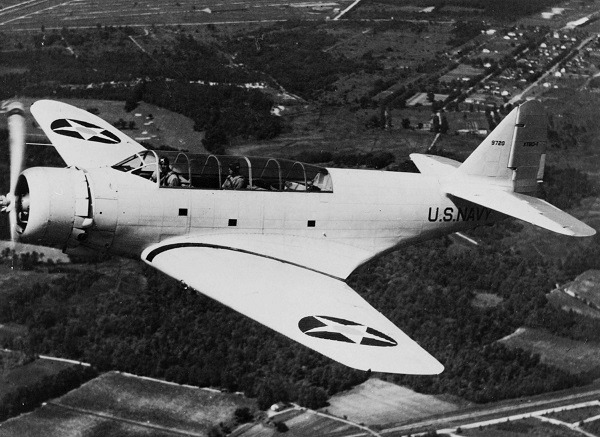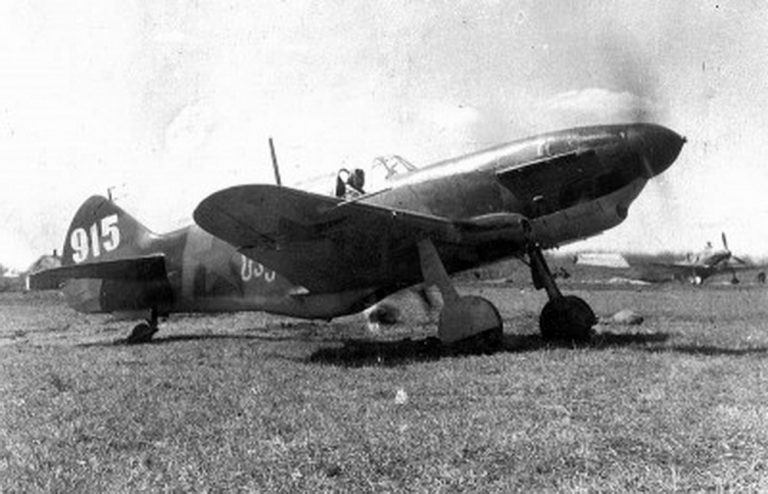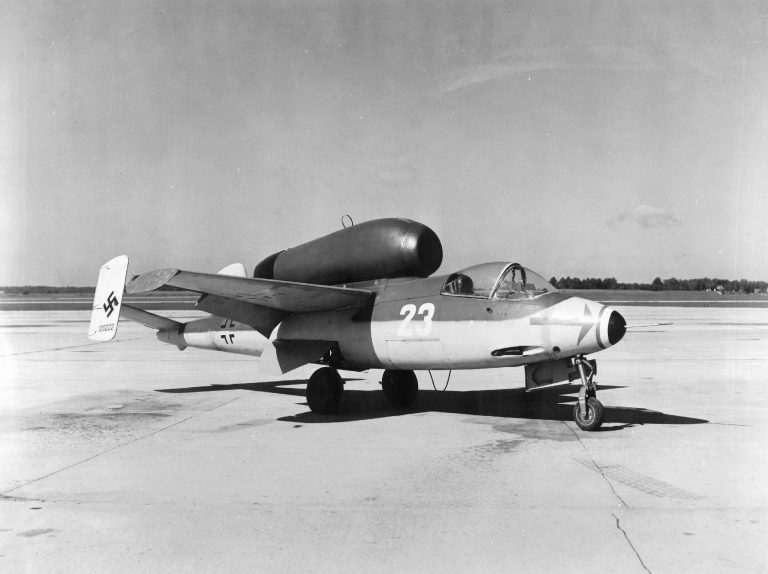Many books, articles, and documentaries are available tacking the top warplanes from World War 2. Aircraft such as the Boeing B-29 Superfortress, Supermarine Spitfire, Messerschmitt Bf 109 quickly ring a bell, thanks to their technological marvel, design, performance, and significant contribution during the war. But what about the worst? With the incredibly long lists of airplanes in WW2, not all of them were successful. Some were obsequious failures, while others were straightly deemed as death traps. Here, we’ve listed some of the worst airplanes of World War 2 and the interesting reasons why they should never be flown again.
Fairey Battle
Fairey Battle has an incredible feat, being the first warplane to don the Merlin engine, the same type used by Hurricane and the Spitfire. What went wrong for the aircraft is its airframe was too large for the engine to handle, making it significantly slow and inferior for combat. It was quickly overpowered and outrun by the more equipped Messerschmitt Bf 109 E. Records say that almost a hundred Fairey Battles were defeated in a single week. Thus, it was pulled out from combat service and merely served as a trainer and target tug in 1940.
Me-163 Komet
Not all technological advancements translate into success, something that the rocket-powered Me-163 Komet could attest. It was swift, boasting a high of nearly 600 mph. However, its drawbacks were it only permitted a minimal amount of firing time, and its armament’s muzzle velocity significantly affected its aim. Adding to that, it had high fuel consumption, forcing the pilots to land unpowered. Around 80% of the Komets loss was due to take-off and landing mishaps.
Blackburn Botha
Delegated as a reconnaissance plane, the Blackburn Botha failed miserably at its intended purpose. First, it features a tiny cockpit sans any rear-facing windows. As such, it had zero visibility, a significant hindrance in performing its job. Moreover, the aircraft had a hefty and unstable frame, which made it very challenging to control. Due to its appalling reliability and stability, Botha was pulled out of combat service and used as a trainer. Eventually, it was retired in 1944 after a third of the trainer aircraft suffered from a series of accidents.
Brewster F2A Buffalo
One of America’s few failures in WW2, Brewster F2A Buffalo, was actually a decent aircraft with excellent flying tendencies. It would have done great in previous wars, but not in WW2. Pretty outdated, the Buffalos were quickly eclipsed by the superior Japanese Zeros and suffered heavy losses during the Battle of Midway. Due to its shabby performance, Marines nicknamed the Buffalo a “flying coffin,” and its production was officially halted in 1941.
Messerschmitt Me 210
Messerschmitt Me 210 was developed to replace the Bf-110. It never happened as its production was immediately stopped only nearly a year after service, one of the quickest service periods among WW2 warplanes. It had various shortcomings, such as poor flight characteristics, instability, fuselage design flaws, control issues, stalling vulnerability, and landing problems—no question why it was shortly replaced by the Messerschmitt Me 410.
Douglas TBD Devastator
First delivered to the US Navy in 1937, the Douglas TBD Devastator was revered as one of the advanced fighters during its time. However, there was a rapid development in aircraft technology, and TBD quickly became outdated. Like the Brewster F2A Buffalo, it was no match to the Japanese Zeros when it entered the Battle of Midway in 1942. Deemed obsolete, the surviving Devastators were withdrawn from combat service immediately after the battle.
LaGG-3
LaGG-3 is regarded as one of the worst warplanes from WW2. Yet, over 6,528 units of the aircraft were produced from 1941 to 1944, before the Soviet Union shifted to Yak-3. Though it had a wooden airframe, it proved to be too hefty. Plus, it became vulnerable to shattering when hit or after turning or spinning too quickly. It had a slow handle, pretty challenging to handle, with a poor climb rate. Such issues resulted in its being dubbed as a “varnished coffin.”
Breda ba.88 Lince
Breda ba.88 Lince broke speed over distance records when it first flew in 1936. Citing its military potential, the aircraft was decided to be converted into a ground-attack warplane. However, that entailed adding extra weight from equipment and armor plating, which proved to be ravaging effects on its flight characteristics, handling, and performance. It had a disastrous performance in France in 1940. When it was sent to North Africa, the addition of sand filters made the Lince virtually obsolete. It never reached half its average speed, had issues holding formation, and failed to attain operational height. Thus, it was scrapped from production and relegated to a decoy.
PZL.30 Zubr
PZL.30 Zubr was a twin-engined medium bomber backup produced before World War 2. However, it never saw action during the war. Its construction and design were too bad, killing the crew on its first demo flight after it broke apart in mid-air. Besides its heaviness, the Zubr had problems with the undercarriage, airframe and was only capable of carrying a small bomb load. Thus, it was deemed obsolete and was only utilized as a trainer until the end of WW2.
Heinkel He 162
Heinkel He 162 was part of Germany’s resort to reclaim victory. The country produced new fighter jets trying to turn the tide of the battle, but such a quick attempt resulted in many flaws in the aircraft. Its engine was only capable of a few hours and needed to be rebuilt afterward. Plus, the plane was relatively harder to fly and control, which required it to be flown by only skilled flyers. Lastly, the acidic glue caused structural failure, corroding its wooden airframe.
Takeaway
While these warplanes may have failed during WW2, they should not fade into obscurity. Keep in mind that failing is required for resilience and improvement. Through these aircraft, people were able to realize what is there to change and develop, resulting in better and successful plane models of the period.
